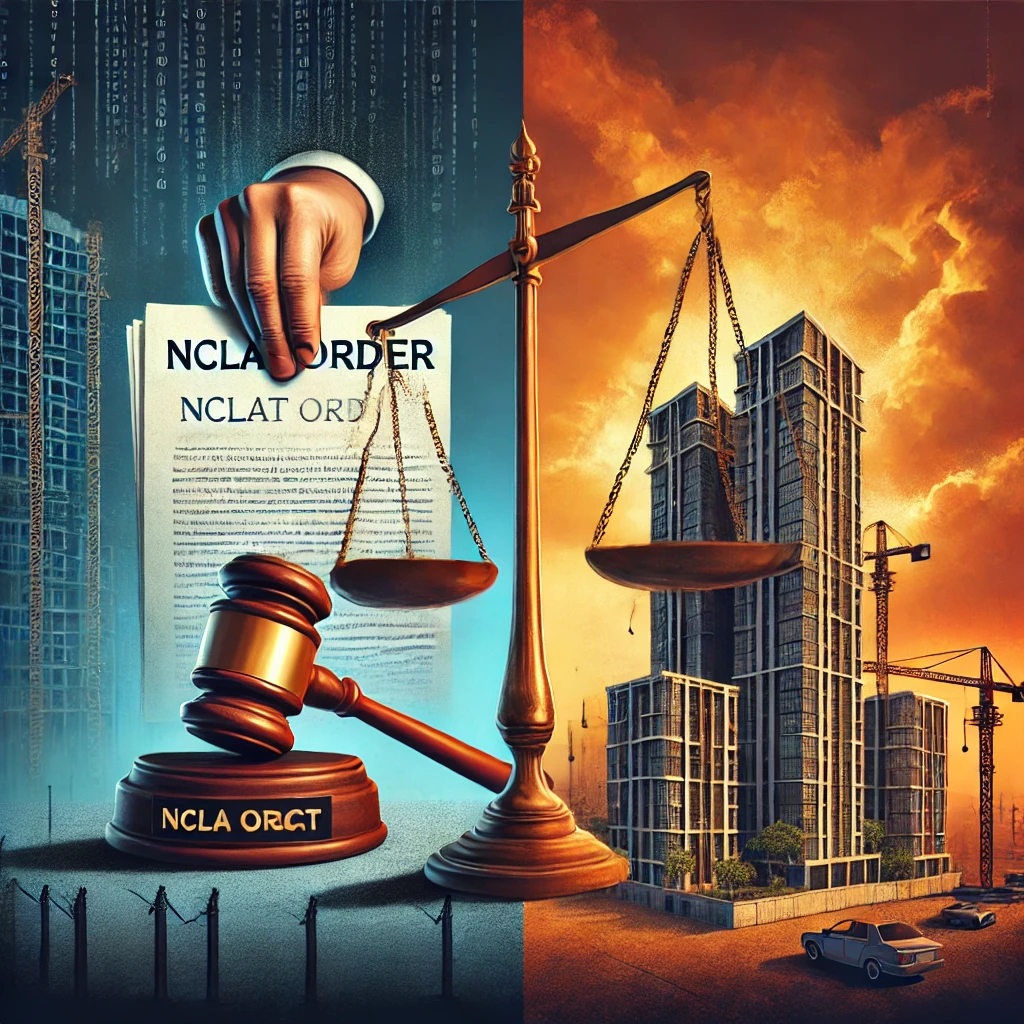Transfer of Property Act at Bangladesh
In Bangladesh, the transfer of property is governed primarily by the Transfer of Property Act, 1882, which is a significant piece of legislation that regulates the transfer of immovable and movable property. The Act applies to the transfer of property in Bangladesh, and it is based on the Indian version of the law, which was originally enacted during the British colonial period.
Transfer of Property Act, 1882: Key Features in Bangladesh
The Transfer of Property Act in Bangladesh provides a comprehensive framework for the legal transfer of both immovable property (land and buildings) and movable property (personal goods, vehicles, etc.). Below are the key aspects of this law:
1. General Provisions for Transfer of Property
The Transfer of Property Act applies to all transfers of property except those that are specifically excluded, such as transfers governed by other specific laws (e.g., inheritance or property governed by special contracts like leases, mortgages, etc.).
Property may be transferred by way of sale, gift, mortgage, lease, exchange, or will. The act governs how these transfers are made and what formalities need to be followed.
2. Transfer of Immovable Property
Immovable property refers to land and buildings.
The transfer of immovable property is typically done through a deed of transfer, such as a sale deed, gift deed, or mortgage deed.
The transfer of immovable property must comply with registration requirements under the Registration Act, 1908. The sale or transfer of property must be executed in writing, signed by the transferor, and registered in the Land Registry (or other relevant government offices depending on the jurisdiction).
3. Modes of Transfer of Property
Sale: The most common mode of transfer, where the seller transfers ownership of property to the buyer for a price. The sale is formalized through a sale deed, and the title is transferred only after registration.
Gift: Property can be transferred as a gift, but it must be executed in writing and registered under the Registration Act.
Mortgage: Involves transferring an interest in property to secure a debt. The mortgage agreement must be registered.
Lease: A lease is a transfer of the right to use and enjoy the property for a specified period in exchange for rent. Leases of immovable property are also governed by the provisions of the Transfer of Property Act.
Exchange: Property can be transferred through exchange, where two parties swap their properties.
Will: The transfer of property upon death is governed by succession law (specifically the Muslim Personal Law, if applicable). However, the Transfer of Property Act also governs the devise of immovable property through a will.
4. Conditions for Transfer
A transfer of property must be made in compliance with certain conditions:
Competence of the Parties: The person transferring the property (transferor) must be competent to do so. For instance, they must be of sound mind, of legal age, and not disqualified by law (e.g., due to bankruptcy).
Transferor's Title: The transferor must have a valid title to the property. If the transferor has no right to the property, the transfer will be void.
Intention to Transfer: The transfer must be made with the intention to transfer ownership or interest in the property.
Voluntary Action: A transfer must generally be voluntary (except in cases of force or fraud).
5. Restrictions on Transfer
The Transfer of Property Act imposes some restrictions on the transfer of property, especially in cases where the transfer involves certain types of conditions or limitations:
Condition Precedent: A transfer may depend on the fulfillment of a condition (e.g., a sale may only occur if a condition is met).
Condition Subsequent: A transfer may be subject to a condition where, if a particular event occurs, the transfer becomes void.
Transfer to a Minor: A minor (under the age of 18) cannot legally transfer property unless through a guardian. However, a minor can hold property, and certain rules govern their rights in relation to property.
6. Right of a Buyer
A buyer who acquires property in good faith and for valuable consideration is protected under the law. The Transfer of Property Act provides that the buyer of property, who acquires it under a proper sale deed, is entitled to take possession of the property.
The buyer is also protected from the seller’s creditors, provided the transaction was not a fraudulent transfer.
7. Equitable Transfers
The law also recognizes equitable transfers (also called equitable mortgages or equitable interests) in property, which allows an individual to transfer an interest in property without transferring the entire title.
Such equitable interests are often recognized in cases where formal registration is not yet done or where the transfer is incomplete.
8. Transfer of Movable Property
The Transfer of Property Act also covers the transfer of movable property, such as goods, vehicles, or personal items. It applies principles similar to those used in the transfer of immovable property.
Movable property can be transferred by sale, gift, or other legal methods such as pledge and hypothecation.
9. Sale of Property Under a Contract:
A contract for the sale of property (immovable or movable) must contain the terms of agreement and must be executed by the parties involved. The contract outlines the price, conditions, and transfer terms.
The contract may need to be registered, especially when it concerns immovable property.
10. Disputes and Remedies:
In the event of disputes regarding property transfers, the parties can approach the Civil Court for resolution. The court can rule on issues of ownership, fraud, dispute over title, and other issues related to property transactions.
Remedies may include specific performance, injunctions, and compensation for losses or damages.
Conclusion
The Transfer of Property Act, 1882 in Bangladesh governs the transfer of both immovable and movable property and outlines the legal framework for property sales, leases, mortgages, gifts, and other forms of transfer. The law ensures that property transfers are executed correctly and in compliance with legal procedures, particularly through registration and formal documentation. The law is designed to protect the rights of both the transferor and transferee, ensuring clarity and security in property transactions.












0 comments